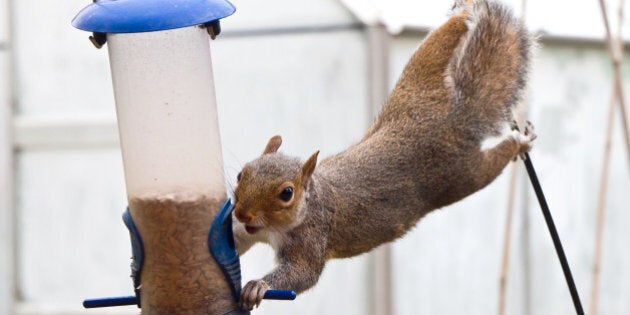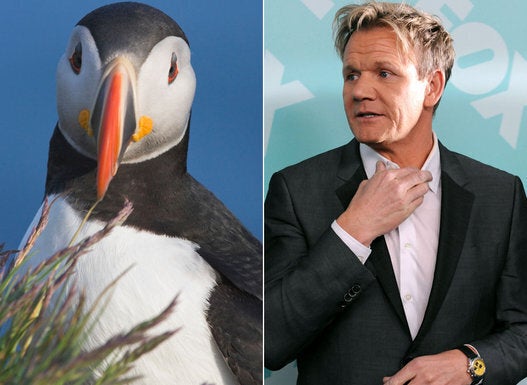
With spring in full swing, the urban population is certain to rise but not as a result of human migration. Birds, rodents, and larger animals such as deer, elk and moose will begin to make appearances in our domestic environs. From parks to backyards, we can expect to see a range of different critters all expecting to find an easy source of food and possibly a home for mating and reproduction. Many of us will appease their needs by offering an assortment of foods ranging from seeds to fruits and vegetables.
Facilitating moments of oneness with nature can be delightful on an emotional level. Yet, from a microbiological one, the actual rituals may be doing more harm than good. The problem lies in a forced change of the environment resulting in an altered ecology. Something as simple as offering food may in fact be one of the most egregious actions with the result being not improved survival but the risk for decimation.
A changed environment can definitely have an effect on wildlife. It's been known for decades human integration into the wilds is harmful to the creatures living there. To appease these creatures, many humans and organizations have chosen not to cut back on urban sprawl but instead to act as providers of lost resources such as food. Some interventions are purposeful such as bird feeders, feeding stations and even the provision of scraps from restaurants. But there are also accidental resources, including waste dumps, crop residuals and even the discarded waste from food manufacturing plants. Although to us these areas may appear to be disgusting and definitely not where we would grab a bite, for animals without their usual feeding zones, these suffice to at least provide some of the nutrients.
This is where the problem begins. When food resources are collected into one area instead of scattered across a large region, the population density of inhabitants increases as does the risk for pathogen spread. This isn't limited to animals; humans are also affected by this phenomenon. We tend to congregate in areas where we can get foods such as restaurants and grocery stores. Add a pathogen into the mix, whether from the food itself or from a human food handler and you can have an outbreak. Depending on how easy the pathogen can spread, the outbreak can grow in size as the initially infected spread their disease to others.
In the human context, when an outbreak like this happens, a massive effort is undertaken to identify the cause and halt the spread. Major recalls of certain food items may occur as well as the temporary closure of implicated restaurants and/or events. The overall effort may still take days to months to sort out. For animals, however, nothing is done to help protect them. In fact, sometimes, humans may try to increase food provision in order to help the species stay alive. But this might only lead to more spread of a disease.
The negative effects of feeding animals have been primarily seen from a bird's eye perspective without any significant cause or mechanism. But that changed last month when an international trio of researchers conducted an analysis of the troubles associated with wildlife feeding in urban environments. The results offered an explanation behind the seemingly ironic link between food provision to wildlife and a drop in population.
The study came up with a number of factors involved in the benefit or detriment of urbanized-feeding. One of the most important results involved the risk associated with putting food out on the lawn or in those feeders. Unless the offerings meet the nutritional requirements for the animal, deficiencies may occur. This can lead to a weakened immune systems and a greater chance for infection if a pathogen happens to come along.
The situation only gets worse as the number of animals choosing this source of food increases. These creatures are not particularly good at passing up an easy meal. They will always choose the easy way to a full stomach, regardless of the consequences. Over time, even migratory animals will stop their journeys to take part in the feeding. Eventually, one of these new members will come down with an infection and will spread it to others. When this happens, the population can be not only affected but also devastated if the infection is lethal.
The authors of the study may have provided an analysis but they also offered proof. In the last 15 years, many of the visitors we see outside our doors, including foxes, deer, finches, elk and even raccoons have had their populations hit hard by an infection resulting from a human feeding practice. None were intended to harm the animals, yet problems still emerged.
This study may not stop people from filling up those feeders and laying out the leftovers outside. But perhaps the information may help people to gain a little more information on the visitors before making the offerings. To best help the wildlife, check out their nutritional needs and look for options to help their health. Although this may mean more work -- and more money -- for us, for the creatures, the effort will be greatly appreciated.
MORE ON HUFFPOST:
